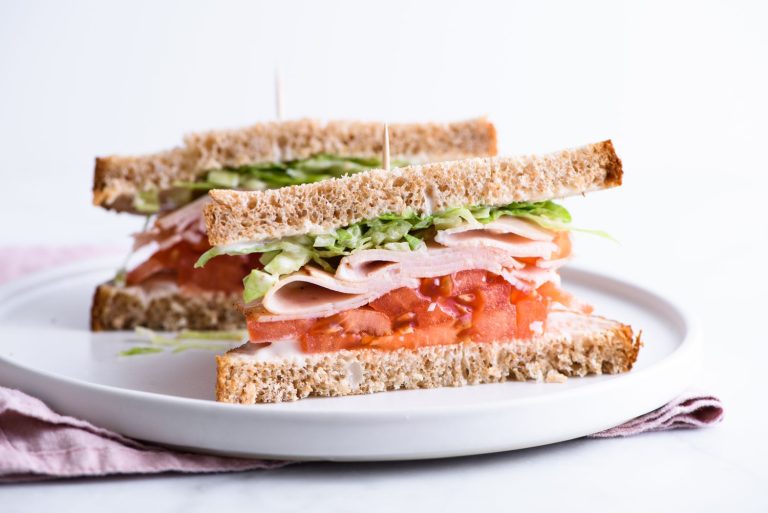Korean Steak: Tips, Pairings, and Recipes
Korean steak, deeply rooted in Korea’s rich culinary history, blends traditional flavors and techniques. Originating centuries ago, Korean steak evolved from Korean barbecue, or “gogi-gui,” where seasoned meat is grilled over an open flame. Koreans adapted this method over time, enhancing it with unique marinades and cooking styles.
Key Features That Define Awesome Korean Steak
Awesome Korean steak isn’t just about the meat—it’s about the combination of components and cooking methods. Here are the key features:
- Marination: Korean steak boasts a distinct marinade typically involving soy sauce, garlic, sesame oil, sugar, and sometimes pear puree. This mixture tenderizes the meat and infuses it with sweet, savory flavors.
- High-Quality Meat: Cuts like ribeye, short rib (galbi), and sirloin ensure tenderness and richness.
- Grilling Technique: The meat is often grilled over charcoal, imparting a smoky aroma. It’s sometimes cooked on cast iron pans to lock in juices.
- Side Dishes (Banchan): Korean steak is usually accompanied by a variety of side dishes such as kimchi, pickled vegetables, and sauces, enhancing the dining experience.
- Presentation: The steak is often sliced into bite-sized pieces, making it easy to share and enjoy with banchan.
Each element, from the high-quality meat to the meticulous marination process, contributes to the unmatched appeal of awesome Korean steak.
Essential Ingredients for Awesome Korean Steak
Types of Beef Used in Korean Steak
You need to select high-quality beef cuts for awesome Korean steak. Popular types include ribeye, sirloin, and brisket, known for their tenderness and rich flavor. Korean short ribs (Galbi) stand out, favored for their succulent texture. For an authentic experience, use Hanwoo beef, a premium Korean breed prized for its marbling. You should always choose fresh, well-marbled beef to ensure juiciness and flavor.
Marinades and Seasonings
Marinades and seasonings are pivotal in Korean steak. Traditional marinades often consist of soy sauce, garlic, sesame oil, and pear puree, creating a sweet-savory profile. You can use ingredients like ginger, scallions, and Korean red chili paste (Gochujang) to add depth and heat. For optimal flavor, marinate the meat for at least four hours or overnight, allowing the seasonings to infuse fully. Ensure you balance sweet, salty, spicy, and savory elements to achieve the signature Korean flavor.
Step-by-Step Cooking Guide
Preparing the Meat
Select premium beef cuts like ribeye or Galbi. Opt for Hanwoo beef for an authentic experience. Trim excess fat while preserving marbling. Slice the meat into thin, bite-sized pieces—this ensures quicker cooking and better absorption of the marinade.
Prepare the marinade using soy sauce, pear puree, garlic, ginger, sesame oil, and sugar. Mix until smooth and coat each beef slice evenly. Marinate for a minimum of 30 minutes; overnight marination yields deeper flavors. Ensure the marinade covers the meat entirely to maximize flavor absorption.
Cooking Techniques and Tips
Preheat your grill to medium-high heat if possible. Use charcoal for an authentic Korean flavor, but a gas grill works too. Oil the grate to prevent sticking and ensure even cooking. Place the marinated beef pieces onto the grill.
Cook each side for 2-3 minutes or until a char forms. Avoid overcooking the beef to retain its tenderness. Use tongs to flip and move pieces around the grill. Monitor the heat to prevent flare-ups from the marinated sugars.
Serve the grilled meat with side dishes (banchan) like kimchi, pickled radishes, and Korean potato salad. Offer ssamjang (spicy dipping sauce) and fresh lettuce leaves for wrapping the steak. This enhances the dining experience and follows traditional Korean customs.
Pairing Suggestions for Awesome Korean Steak
Recommended Side Dishes
Complement Korean steak with various traditional side dishes (banchan). Kimchi, a fermented cabbage dish, adds a spicy, tangy flavor and probiotic benefits. Pickled radish (Danmuji) offers a refreshing, crunchy contrast to the rich steak. Include seasoned spinach (Sigeumchi Namul) for a light, healthy option.
Additionally, serve Japchae, a savory-sweet glass noodle dish with vegetables and sometimes beef. Another popular choice is Gamja Jorim, braised potatoes in a sweet soy sauce glaze, making an excellent pairing. For a unique twist, add cucumber kimchi (Oi Kimchi) which brings a cool, crisp texture.
Beverage Pairings
Korean steak pairs well with various beverages. Consider serving Soju, a popular Korean distilled spirit, which has a sweet and neutral taste that balances the savory flavors of the steak. Makgeolli, a traditional rice wine with a milky appearance and slightly sweet flavor, also complements the dish.
For a non-alcoholic option, offer Korean barley tea (Bori-cha). It has a nutty and slightly bitter flavor that cleanses the palate. Additionally, green tea provides a refreshing, astringent note that contrasts well with the richness of the steak. Ensure you serve all beverages chilled to highlight their refreshing qualities.
Conclusion
Diving into the world of Korean steak offers a rich culinary journey that goes beyond just grilling meat. By selecting quality beef cuts and mastering traditional marinades, you can create a dish that’s both flavorful and authentic. Pairing your Korean steak with classic side dishes and beverages like kimchi and Soju elevates the entire meal, providing a balanced and satisfying experience. So, gather your ingredients, fire up the grill, and enjoy the delightful flavors of Korean steak in your own home.






